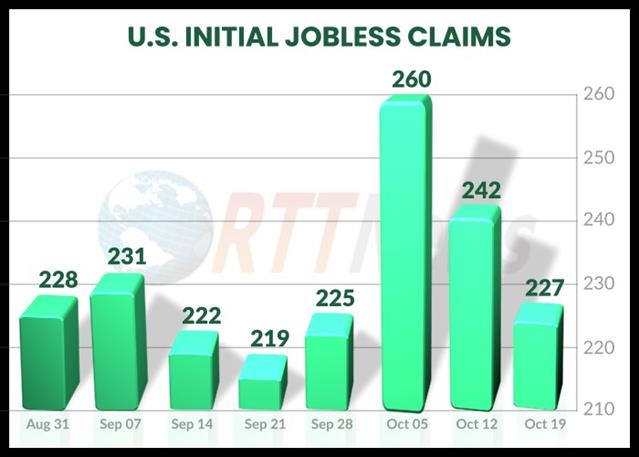Eurozone Industrial Output Falls Less Than Expected
Eurozone industrial production dropped for the first time in four months in May, though at a slower than expected pace, official data showed on Monday. Industrial output logged a monthly fall of 0.6 ...

Eurozone industrial production dropped for the first time in four months in May, though at a slower than expected pace, official data showed on Monday.
Industrial output logged a monthly fall of 0.6 percent after remaining flat in April, the statistical office Eurostat said. Production was forecast to decline by 1.0 percent.
Within major industrial groupings, durable consumer goods output decreased the most, down 1.8 percent, followed by capital goods falling 1.2 percent.
Intermediate goods also registered a fall of 1.0 percent. Meanwhile, production of energy goods and non-durable consumer goods grew 0.8 percent and 1.6 percent, respectively.
On a yearly basis, the decline in industrial production softened slightly to 2.9 percent from 3.2 percent in April.
The EU27 industrial production dropped 0.8 percent on the month and contracted 2.7 percent from the previous year in May.
The largest monthly decreases were recorded in Slovenia, Romania, and Denmark, while the highest increases were seen in Ireland, Luxembourg, and Estonia.
Among the big four, production slumped 2.4 percent in Germany, 2.1 percent in France and decreased 0.2 percent in Spain. In Italy, output grew 0.5 percent.
“Overall, with demand for goods still slumping across the region and the global economy far from firing on all cylinders, eurozone manufacturing isn’t out of the woods yet,” ING economist Bert Colijn said.
The outlook for euro area manufacturing remains poor, Capital Economics economist Lily Millard said.
“The euro-zone economy has turned a corner this year and we expect it to continue to expand in the coming quarters. But this is largely due to a pick-up in services while the manufacturing sector will continue to struggle,” Millard said.
“The EC measure of industrial new orders was extremely weak in June and the manufacturing new orders PMI remains in contractionary territory, partly due to the weakness of global demand,” the economist added.
- Check out our free forex signals
- Follow the top economic events on FX Leaders economic calendar
- Trade better, discover more Forex Trading Strategies
- Open a FREE Trading Account


